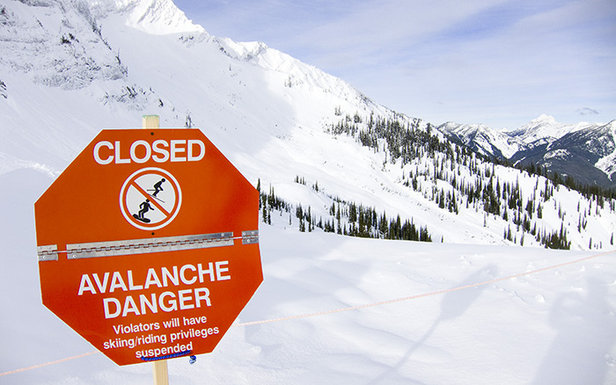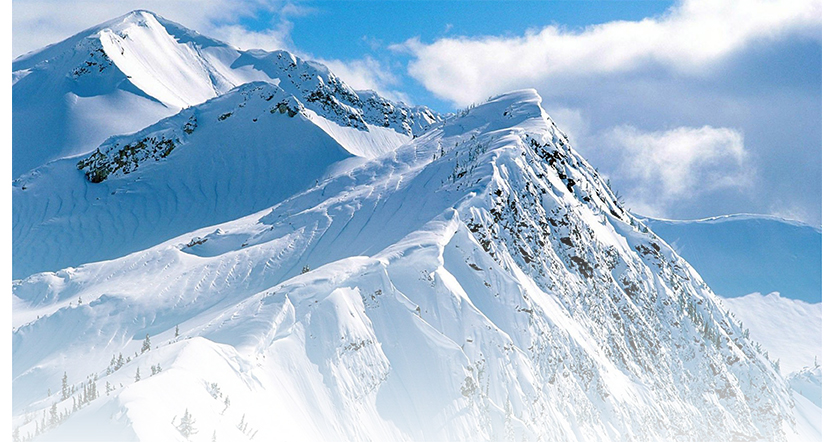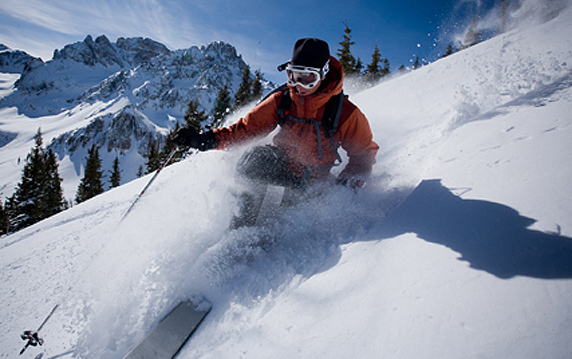
Did you know? January has the most deaths caused by avalanches than any other month out of the year.
Since 1951 over 220 people have died in avalanches during the month of January, and total deaths per year have grown to be in the 20’s or 30’s. For that reason January has been deemed Avalanche Safety month. And, Colorado has the highest number of avalanche related deaths, 265, since 1951. That being said and in light of the recent deaths of two U.S. Ski team members, we feel compelled to share with you a few tips and tools to make your time in the snow a bit safer.
Before you head out:
- Enroll in an Avalanche Safety Course.
- Check avalanche and weather conditions of the area you’ll be going to.
- Let family and friends know where you plan on going. Be specific, and if plans change, let someone know.
- Leave a note on your dash so searchers and park rangers can have an idea as to where to start looking should you get lost.
- Pack the proper equipment and make sure it is in working order.
What to pack:
- Avalanche beacon
- Avalanche probe
- Collapsible, light weight shovel
- Helmet
- Airbag pack / AvaLung breathing system
What to do if you’re caught in an avalanche:
- Grab a tree or rock to avoid sliding with the snow.
- “Swim” in the direction of the avalanche to try and stay on top of the fast moving snow.
- Try and jump above the fracture line.
- As the snow comes to a halt, try to create a pocket of airspace around your head and body with your arms and hands.
- Use your rescue devices, Airbag pack ,or AvaLung
Be aware that just because you took all of these precautions, does not mean that you won’t be caught up in an avalanche. It is important to know what you are doing and how to use all of your safety equipment. Practice using them and make sure all your equipment is in working order from the last time you used them, being stuck with malfunctioning equipment will reduce your chance of survival.
We hope this was helpful, and remember don’t leave home without your safety equipment!
For more info and statistics, visit the Colorado Avalanche Safety Information Center website.




